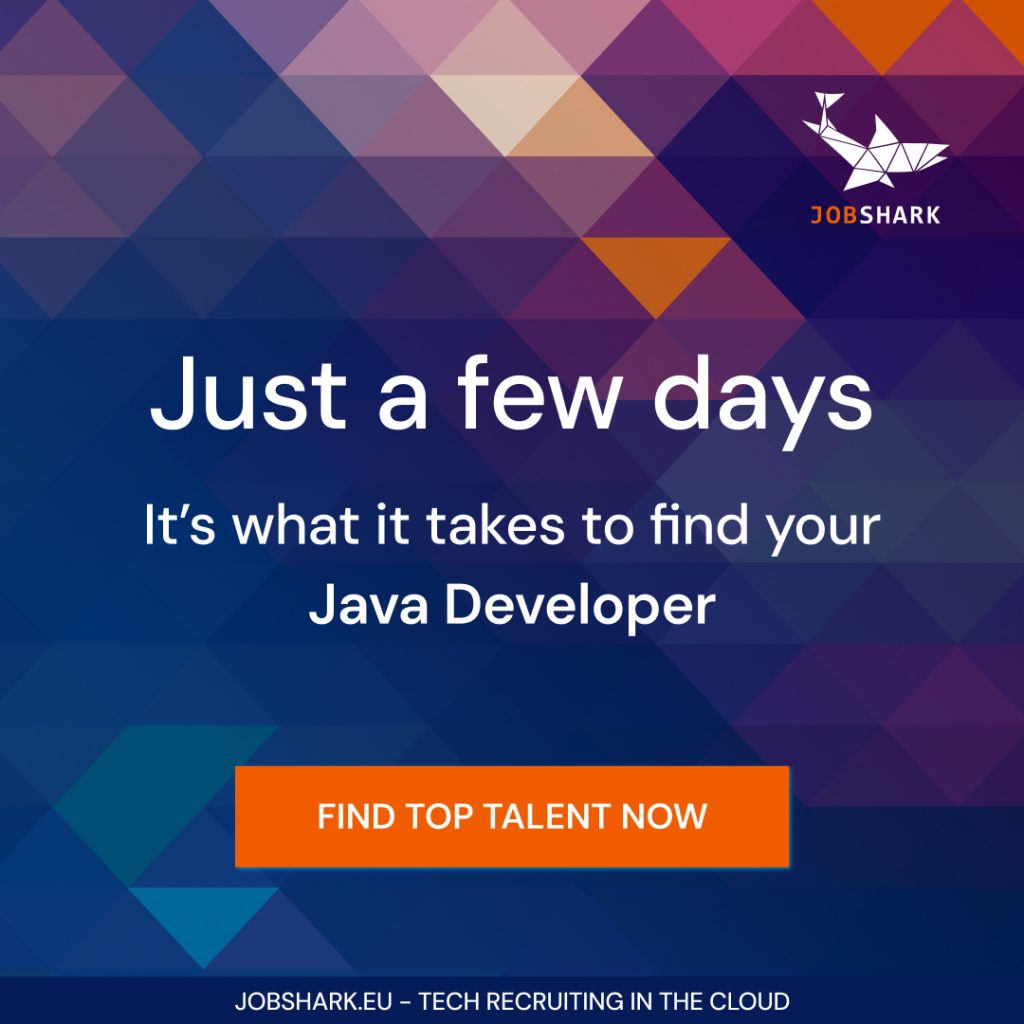In a competitive market for top tech talent, a strong social media presence can give potential employees a reason to choose your company over another employer. Active jobseekers will check your company’s social media profiles at some point during the recruitment process, sometimes even before applying. Meanwhile, passive candidates are being impacted by your content and, in case it resonates with them, they are likely to remember your company in the future.
The HR and marketing/communication departments can work together and leverage social media platforms to target top IT professionals. Here are 11 tips to do it right.
1. Post consistently
Don’t wait until you have an open position to post. That’s a common mistake employers make.
One significant advantage social media offers recruiters is the opportunity to impact professionals even when they’re not actively looking for a job. A strong employer brand, built post by post, leaves a lasting impression and increases the chances that your company comes to mind when those professionals consider their next career move.
Wondering what kind of content to share? Keep reading this article.
2. Highlight the specifics of the IT work
When communicating with IT professionals, it’s crucial to emphasize the substance of the technical work. Unlike other audiences, IT talent is generally less motivated by company-wide statistics such as revenue, growth rates, or employee headcount. What attracts them are the opportunities to work on meaningful, challenging projects.
To captivate this audience, show them what you bring to the table: highlight the specific aspects of your IT environment, such as the technologies in use, project impact, and opportunities for learning and growth.
3. Showcase your company culture and mission
Highlight what daily life at your company looks like. If you have an office, show the atmosphere — is it more formal or relaxed? If your team works remotely most of the time or you don’t have a physical office, emphasize that instead to appeal to candidates who prefer remote work. In both cases, share moments from events, team-building activities, or volunteer initiatives to give people a genuine feel for your culture.
Moreover, showcase your company’s mission through storytelling to give candidates a clear understanding of how their daily tasks will create impact.
By showing how the company really is — the values it upholds, the mission it embodies, the challenges it faces, and the successes it celebrates — you’ll attract people who genuinely connect with it.

4. Highlight your employee value proposition
Your employee value proposition (EVP) answers two key questions for potential and current employees: Why should I work (or stay) here, and what makes this workplace special?
The answer might be unique career development opportunities, a high degree of autonomy, a positive workplace culture, attractive benefits, team activities, flexible work arrangements, work-life balance, or a strong commitment to diversity and inclusion. Whatever defines your EVP, communicating it clearly on your social media accounts will attract people who truly resonate with it.
In addition, highlight your perks and benefits — whether that’s wellness programs, opportunities for travel, or other initiatives that set your company apart.
5. Feature your employees
Highlighting employees in your posts serves three key purposes. First, it builds trust by showcasing the real people behind your products or services. Second, it demonstrates the skills and strengths of your team, which helps attract other qualified candidates. Third, it amplifies your reach, as posts that feature real people and authentic stories typically drive higher engagement.
You can also encourage your team to share their own experiences and successes on social media. This promotes your employer brand in an authentic, organic way. When employees post something noteworthy about their work, amplify it through the company’s social channels.
6. Consider targeted paid social for top content
When you create content that’s especially relevant to your employer branding strategy, consider amplifying it with targeted paid social. This ensures your message reaches the right audiences, rather than relying solely on algorithms and the limitations of organic reach.
For instance, you might promote a culture video, an employee story, or a workplace award to ensure it reaches the right audience.
7. Create short videos
The algorithms of platforms like Instagram and LinkedIn tend to favor video content, so take advantage of this by creating short clips, such as office tours, behind-the-scenes moments, or highlights from company events. These will boost visibility while also giving candidates an authentic glimpse into your culture.
Pay attention to the characteristics and core audience of the platform you’re posting on. Sometimes simple, low-budget videos perform better than polished productions, because they feel more genuine.
8. Engage with comments
Unlike traditional media, social media is a two-way conversation. People can interact with your posts, and it’s essential to respond to them (in a timely manner). Actively engaging with comments and messages shows that your company is approachable, attentive, transparent, and interested in connecting with its audience.
9. Go beyond LinkedIn
While LinkedIn is the go-to channel for employer branding, don’t limit yourself to it. Explore other platforms such as Instagram, Facebook, X, TikTok, and YouTube. The right choice depends on your goals and target demographics — for instance, Facebook still resonates strongly with Gen X, while TikTok is especially popular among Gen Z.
In addition, consider creating a blog to host some of this content on your own domain. You can then share and link to those posts across social media, extending their reach and improving visibility in search engines while keeping full ownership of your material.
10. Analyze performance
Regularly track your social media performance to understand what resonates with your audience and refine your strategy accordingly. Aim for quick weekly check-ins to spot trends in real time, complemented by an in-depth monthly review to measure overall impact. Don’t forget to factor in seasonal trends or industry cycles, which can significantly influence engagement and reach.
Track metrics such as engagement rate (likes, comments, shares), follower growth, and click-throughs to see what resonates most. After one year or so of consistent posting, you can assess changes in your time-to-hire and cost-to-hire metrics.
11. Be authentic
As noted in item 3, authenticity is a cornerstone of employer branding on social media. If your content paints an unrealistic picture, you risk attracting candidates with the wrong expectations — people who may feel disappointed or misled from their very first day.
Highlight what makes your company special, but also be transparent about the challenges and the type of environment candidates can expect to encounter. For example, if your culture is fast-paced and dynamic, show that openly so you attract people who thrive in such settings.
Authenticity ensures a stronger cultural fit, reduces early turnover, and builds long-term relationships. By being real, you’ll connect with the candidates who will stay to grow with you.
Thanks for reading all the way through
If you’d like more insights like these, subscribe to the TechTalents Insights newsletter. Receive curated trends and expert viewpoints every other week — completely free.





1 Comment
Amazing content! Thanks for summarizing the tricks!! 🤝 👏